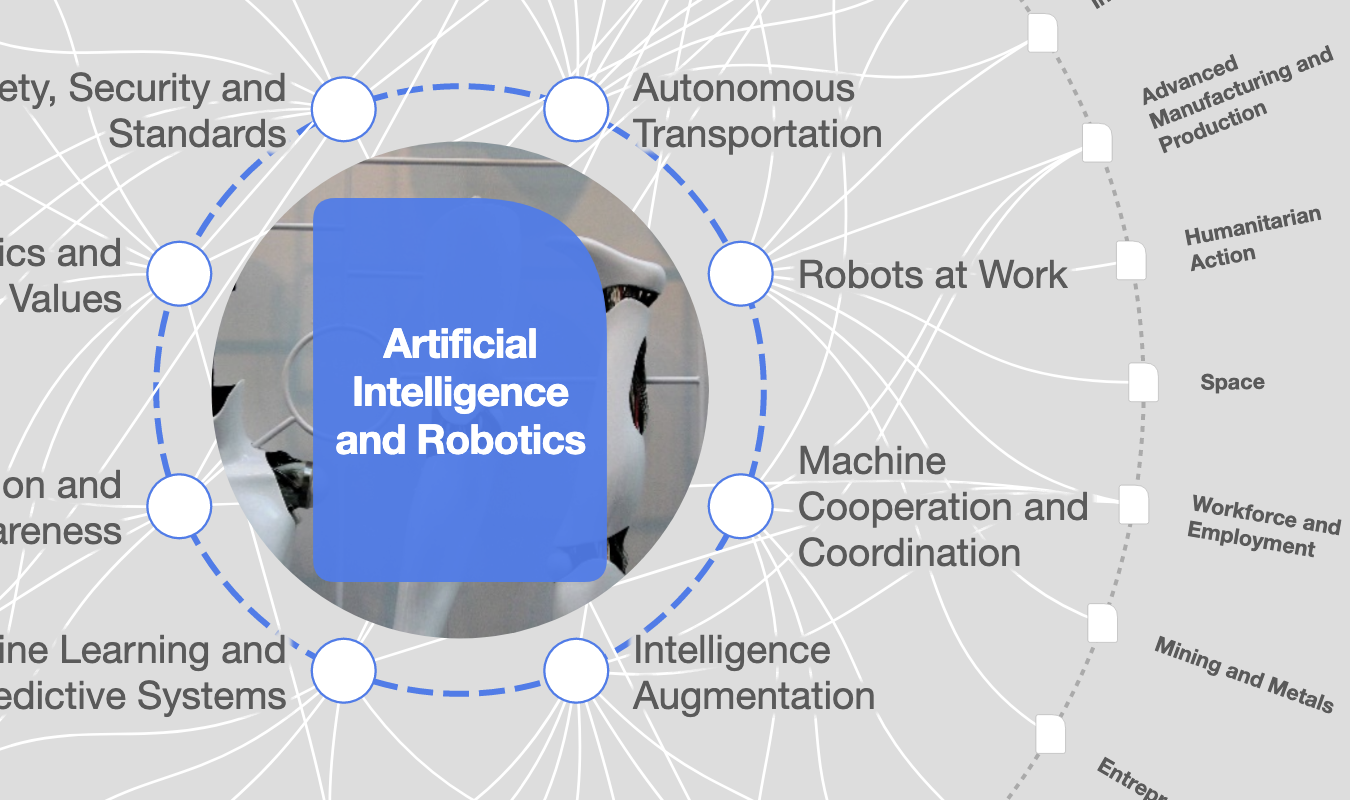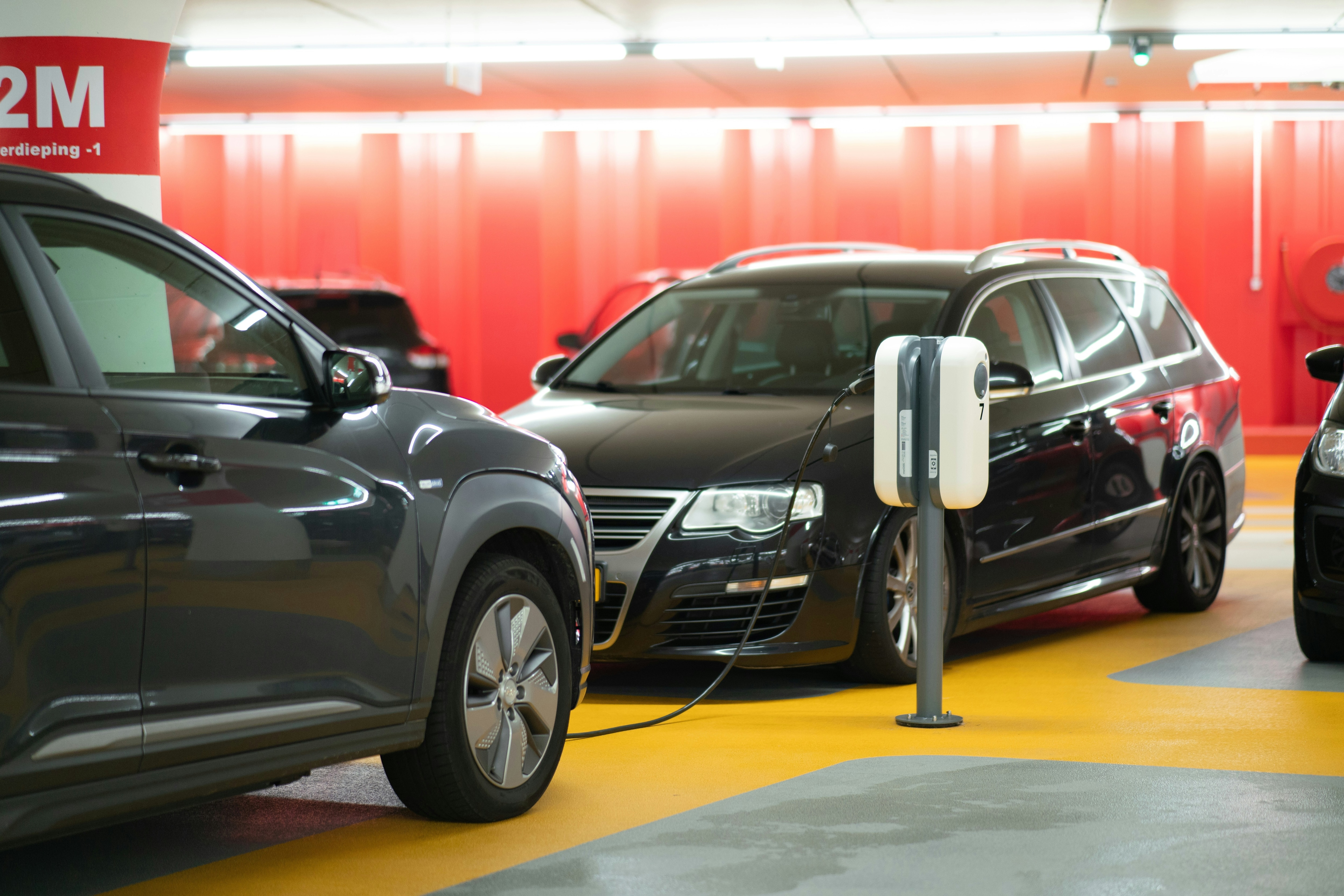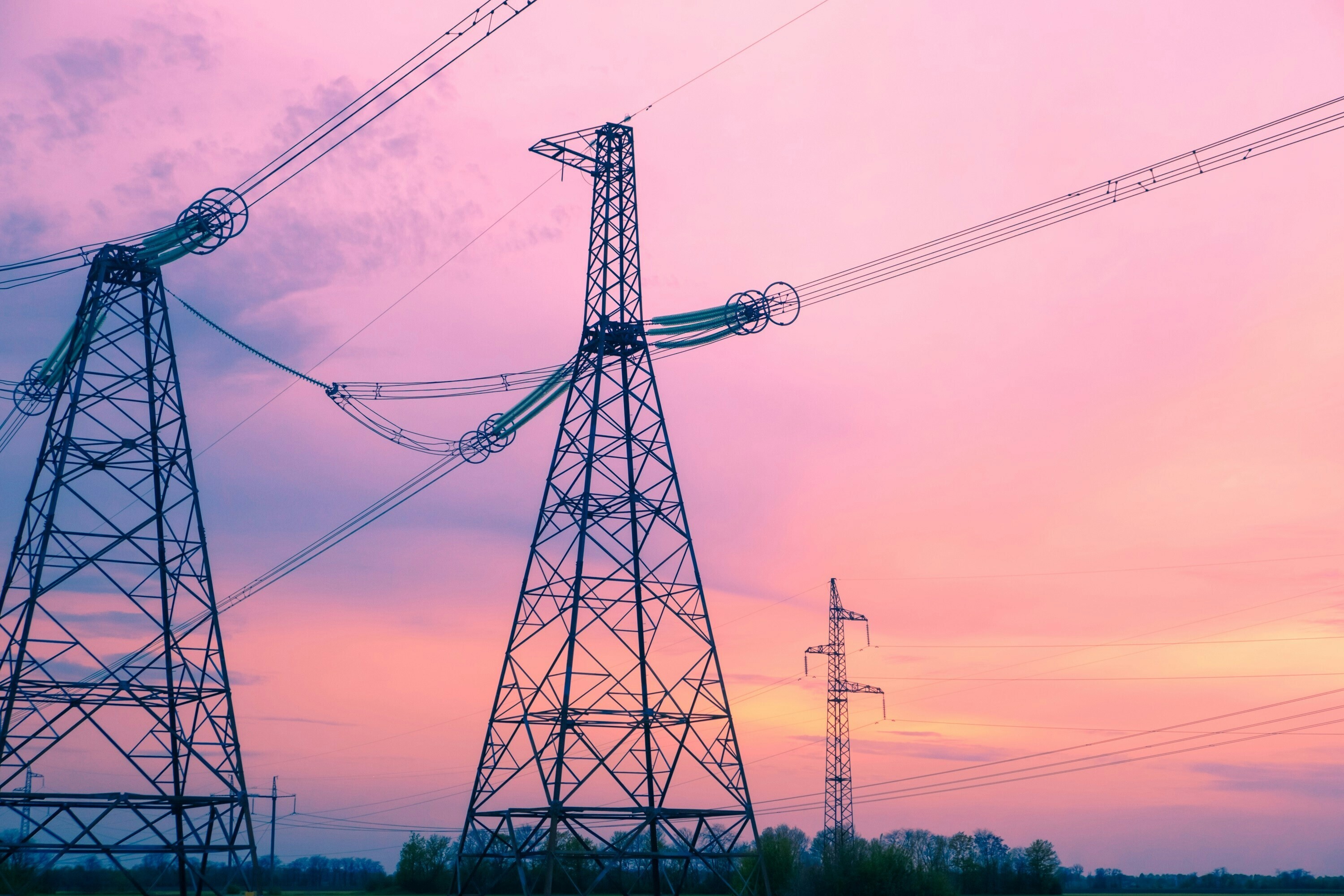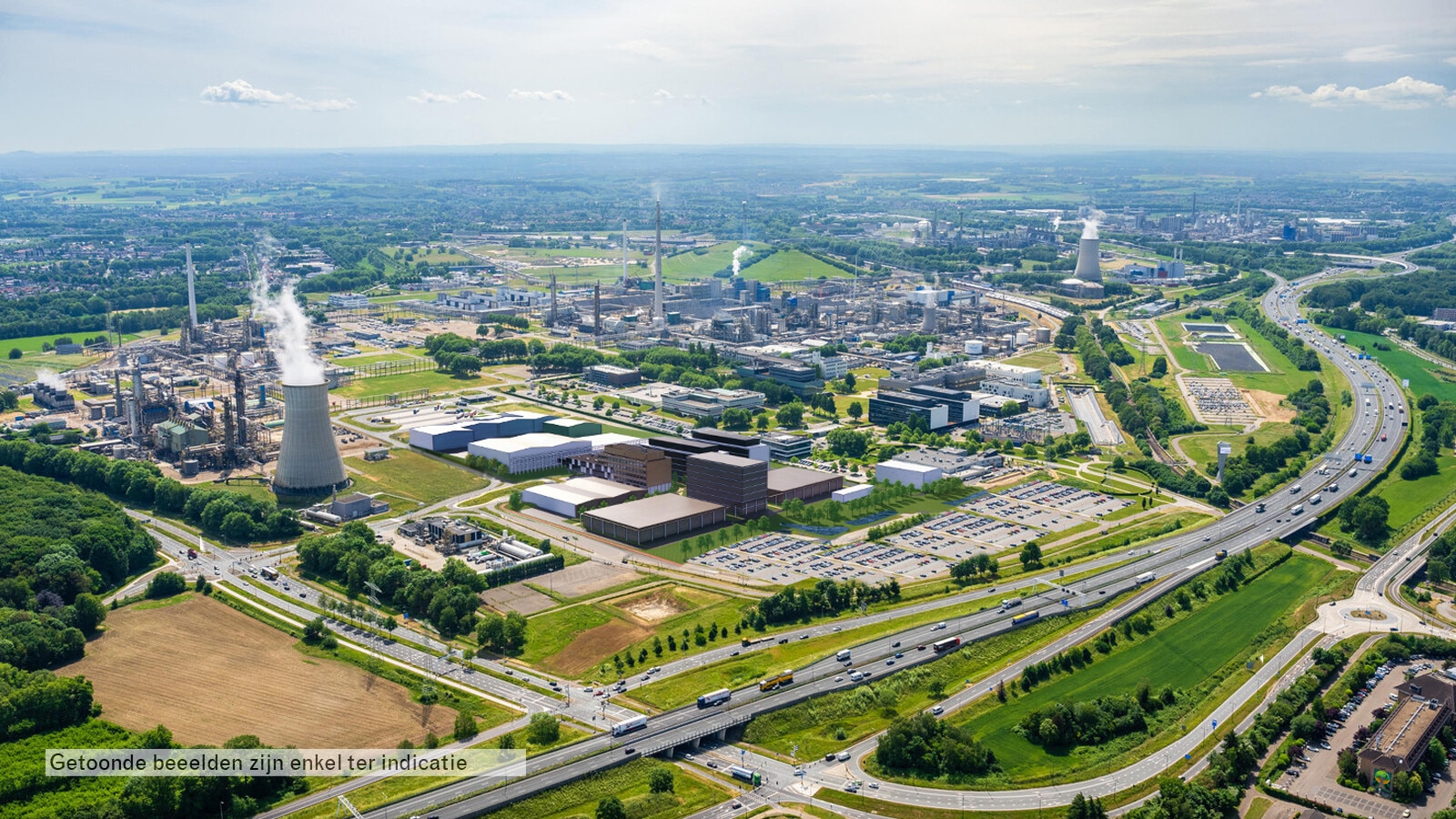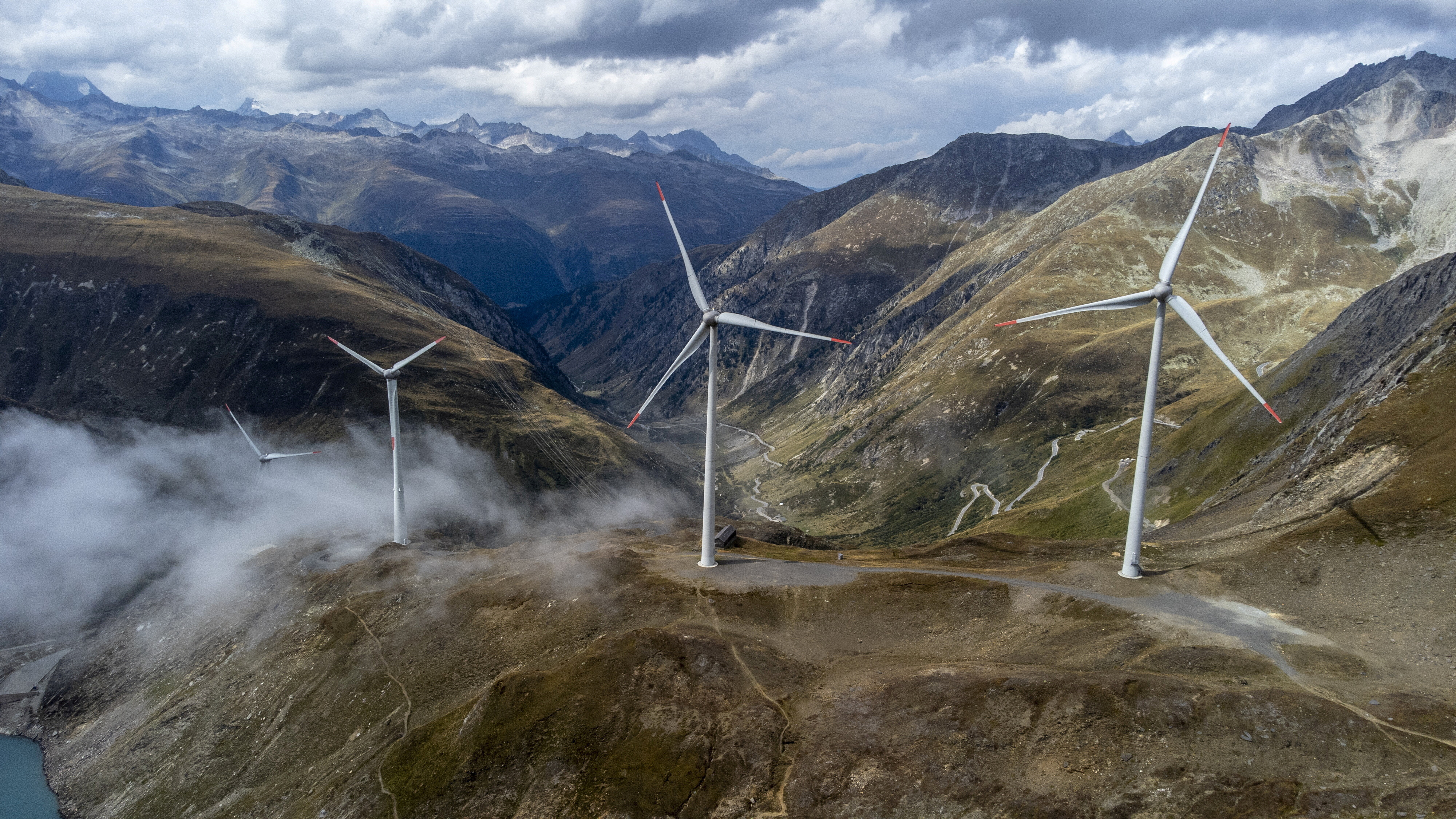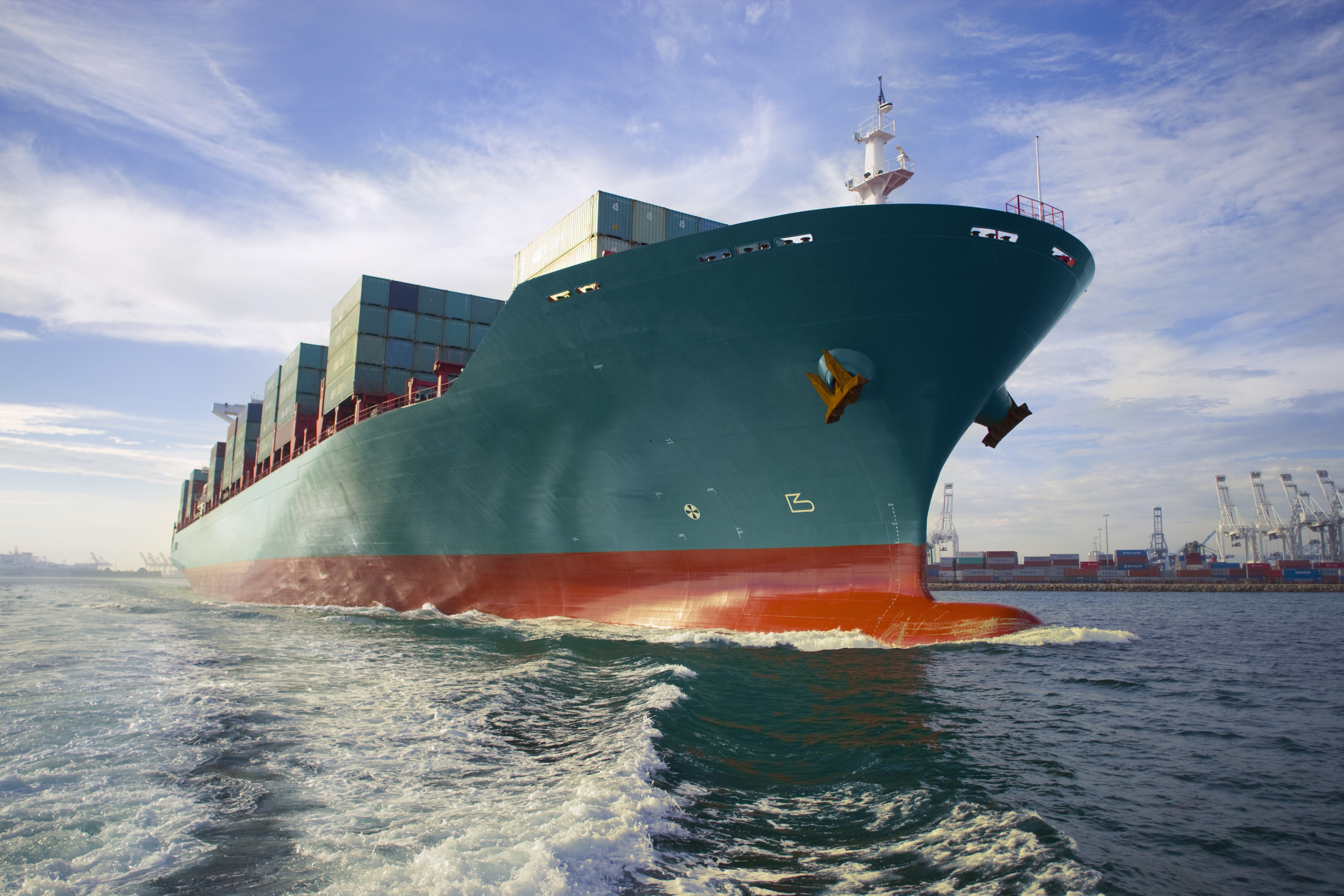What is edge AI – and why is it so important for energy delivery?

Edge AI could transform the world's energy infrastructure. Image: Getty Images/iStockphoto
- Edge AI puts intelligence at the edges of power networks, working locally on or near the grid's sensors and devices.
- Edge AI can help us build a smarter, more resilient energy future.
- We must act now to ensure tomorrow's grid is not only powered by innovation, but also empowers us all.
Our global energy system is changing fast as we transition to renewable energy sources, like solar and wind. This is great for the planet, but it makes our power grids more complex to manage. Add the growing impact of climate change, including extreme weather, and our traditional grids are under serious strain.
As the International Energy Agency (IEA) notes, modernizing our grids is essential to keep the lights on and integrate these new energy sources smoothly. The World Economic Forum's Global Risks Report 2024 also highlights how vulnerable our systems can be.
So, how do we build a smarter, more resilient energy future? A big part of the answer lies in edge AI.
Edge AI puts intelligence right where it's needed most – at the edges of our power networks. Instead of sending all data to a central point, AI tools work locally on or near the grid's sensors and devices. This means real-time insights and faster, automated control. It helps us manage the growing number of distributed energy resources – things like rooftop solar panels or electric vehicle chargers – and keeps the grid stable. AI can already predict when equipment might fail, spot faults instantly and balance energy loads efficiently. With the edge computing market booming – analysts predict nearly 40% annual growth between 2025 and 2030 – using it for our critical energy infrastructure is the next logical step.
How is the World Economic Forum creating guardrails for Artificial Intelligence?
The infrastructure imperative: enabling AI at the grid edge
Edge AI, as powerful as it is, doesn't work in isolation. To truly bring its benefits to our energy grids, we need the right digital foundations. We need to build a new kind of infrastructure specifically designed for this critical job.
This is because a reliable and consistent power supply is paramount. Power grids can't afford to go down. The systems supporting edge AI must be incredibly robust and able to handle any hiccup without failing. Think of it as a super-charged IT system that never blinks. Then there's cybersecurity. As we connect more devices and make the grid smarter, we also open up new doors for cyber threats. Protecting our energy infrastructure from hackers is crucial to ensuring the safe flow of power and maintaining public trust. We need to secure every part of this distributed system.
Edge AI also needs fast communication. For AI to make quick decisions – like preventing a blackout or rerouting power – it needs data instantly. That’s where technologies like 5G and private LTE networks come in. They provide the high-speed, low-delay connections essential for these real-time actions. Finally, we need strong computing power at the edge. This means having enough processing muscle close to where the data is gathered, so AI algorithms can run quickly without always sending information back to a distant data centre. This local power ensures the speed and independence a smart grid needs. Building this specialized digital backbone is the real groundwork for an AI-powered, resilient energy future.
Collaboration, investment and governance for the AI-powered grid
To make this vision a reality, we must take several key steps:
Firstly, we need global teamwork on standards. Imagine trying to build something complex if everyone uses different-sized screws or speaks a different language. For an intelligent grid, all the different technologies and systems must be able to work together smoothly. Common standards will help accelerate innovation, simplify connectivity and foster a healthier market for these technologies.
Secondly, this transformation requires significant and ongoing investment in modern technology infrastructure. The smart edge AI tools and the strong digital network they rely on won't build themselves. This means that governments and private companies need to invest in upgrading our grid hardware, installing advanced sensors, rolling out fast communication networks, like 5G, and building secure edge computing sites. As the World Economic Forum often points out, strong infrastructure is crucial for managing significant risks and investing in this area directly enhances the resilience of our vital energy sector.
Lastly, we need strong rules and good governance. As AI becomes more involved in our energy systems, we need clear guidelines. These should cover important areas, such as data privacy, cybersecurity and AI bias and hallucination, as well as ensuring that everyone benefits fairly from a modernized grid. Good governance builds trust, encourages innovation and helps ensure that this smarter grid works for everyone, not just a few.
By working together on these fronts – collaborating, investing wisely and setting up fair rules – we can unlock the full power of edge AI. This is how we build the secure, sustainable and resilient energy future we all need.
Smart responsive energy systems are a must have
The road to a modern, resilient global energy grid is certainly challenging, but the way forward is becoming clearer. With climate change and new energy sources reshaping our world, smart, responsive systems are no longer a luxury – they're a must-have. Edge AI brings this intelligence to the front lines of our power networks. But its true potential can only be unleashed if we also commit to building the strong, secure and fast digital infrastructure it needs to thrive.
We need to keep in mind that this journey is about securing our energy future. It will take teamwork, smart investments and thoughtful rules of the road. By embracing edge AI and the robust infrastructure that supports it, we're not just making our power grids more efficient, we're building a more sustainable, dependable and fair world for everyone. To ensure tomorrow's grid is not only powered by innovation, but also empowers us all, the time to act is now.
Don't miss any update on this topic
Create a free account and access your personalized content collection with our latest publications and analyses.
License and Republishing
World Economic Forum articles may be republished in accordance with the Creative Commons Attribution-NonCommercial-NoDerivatives 4.0 International Public License, and in accordance with our Terms of Use.
The views expressed in this article are those of the author alone and not the World Economic Forum.
Stay up to date:
Artificial Intelligence
Related topics:
Forum Stories newsletter
Bringing you weekly curated insights and analysis on the global issues that matter.
More on Energy TransitionSee all
Steve Smith
December 19, 2025
